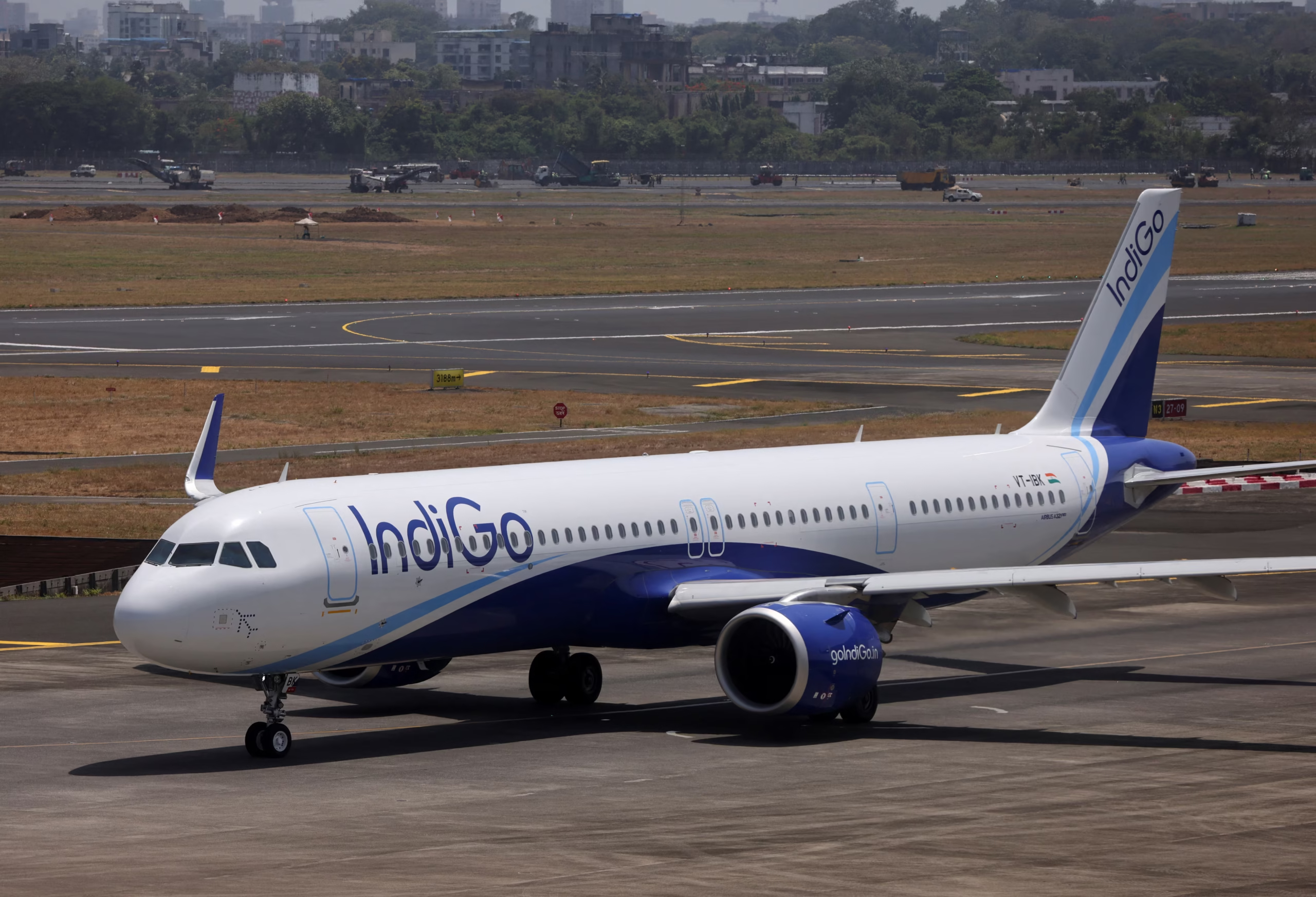Indigo Most Valuable Airline With $23 Billion Market Cap
Introduction
In a historic milestone for India’s aviation sector, Indigo has soared to become the world’s most valuable airline by market capitalization, reaching a staggering $23 billion. This incredible achievement not only cements Indigo’s dominance in the domestic market but also puts it ahead of global aviation giants like Delta Air Lines, Ryanair, and United Airlines in terms of investor confidence and market worth.
The announcement, based on the latest stock market data, marks a defining moment for Indian aviation. As air travel continues to rebound globally and India emerges as a major growth hub, Indigo’s focused strategy, lean operating model, and aggressive expansion have propelled it into global spotlight.
What Makes Indigo Stand Out?
Indigo’s success story is driven by its sharp focus on low-cost efficiency, operational discipline, and scalability. While many global airlines struggled to recover from the pandemic, Indigo emerged stronger with record passenger numbers and sustained profitability.
One of the biggest contributors to its valuation surge is its strong fleet management. Indigo operates one of the youngest and most fuel-efficient fleets in the world, allowing it to cut down costs and maximize passenger capacity per flight.
Additionally, its high-frequency domestic routes and growing international presence have turned it into the go-to carrier for millions of travelers in India and abroad.
How It Surpassed Global Competitors
Traditionally, U.S. and European airlines have dominated the global aviation valuation charts. But Indigo’s recent growth, combined with a relatively under-penetrated Indian market, has provided investors with unmatched long-term potential.
While airlines like Delta and Ryanair have strong global footprints, they’ve faced higher operational costs, union pressures, and geopolitical uncertainties—areas where Indigo has maintained greater agility.
Moreover, the Indian government’s infrastructure push—airports, UDAN schemes, and FDI support—has created fertile ground for Indigo’s long-haul ambitions.
Key Factors Behind Indigo’s Rise
Lean Cost Structure Indigo’s low-cost carrier model ensures that it runs efficiently, keeping ticket prices competitive while maintaining healthy margins.
Smart Fleet Expansion Its consistent addition of new-generation aircrafts has boosted fuel efficiency and lowered maintenance costs.
Strong Leadership and Vision The management’s clear vision and consistent execution have earned investor trust. Their focus on customer experience, reliability, and on-time performance has built a loyal base.
Robust Market Share in India Holding nearly 60% of India’s domestic air travel market, Indigo’s grip on key routes gives it a decisive competitive edge.
Post-Covid Travel Boom With travel rebounding, Indigo has capitalized on rising demand while keeping its cost structure intact.
What This Means for India
Indigo’s emergence as the world’s most valuable airline sends a strong message about India’s economic trajectory and its growing influence in global industries. It showcases the potential of Indian companies to lead on a global scale—not just in tech or pharmaceuticals, but even in traditional industries like aviation.
This also boosts investor sentiment in Indian stocks and the aviation sector as a whole, which could attract more global capital into the country.
Challenges That Still Remain
Despite the celebrations, Indigo’s path forward isn’t free from turbulence. Rising fuel prices, competition from new entrants like Akasa Air, and global macroeconomic pressures could pose future risks.
Additionally, expanding internationally means navigating complex regulatory environments, labor negotiations, and volatile forex rates.
What’s Next for Indigo?
Indigo plans to further strengthen its international footprint with new routes to Europe, Asia, and the Middle East. With a massive aircraft order pipeline, the airline is well-positioned to grow not just in size but in global relevance.
Analysts expect continued growth in the near term, especially with India expected to become the world’s third-largest aviation market within the decade.
Conclusion
Indigo’s rise to the top of the aviation world is more than a business success—it’s a moment of national pride. With a market cap of $23 billion, it’s rewriting the rules of global aviation and proving that a homegrown Indian airline can lead the world.
While challenges remain, the foundation Indigo has laid gives it a solid runway to maintain its lead. For investors, passengers, and policymakers alike, this achievement is a clear sign of India’s sky-high potential.
